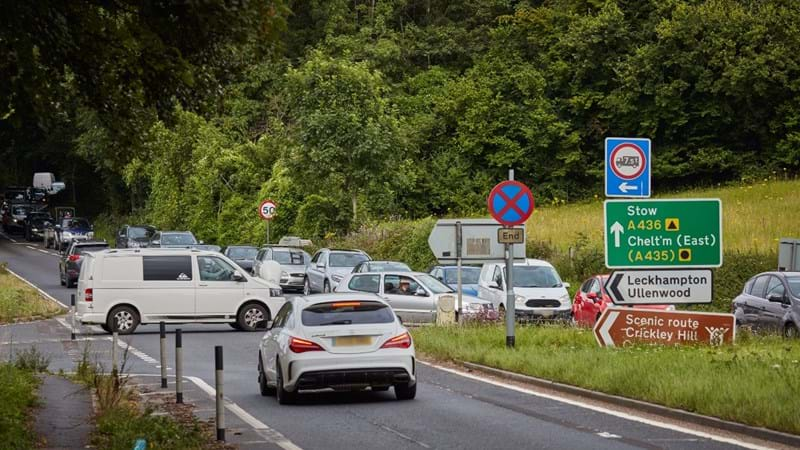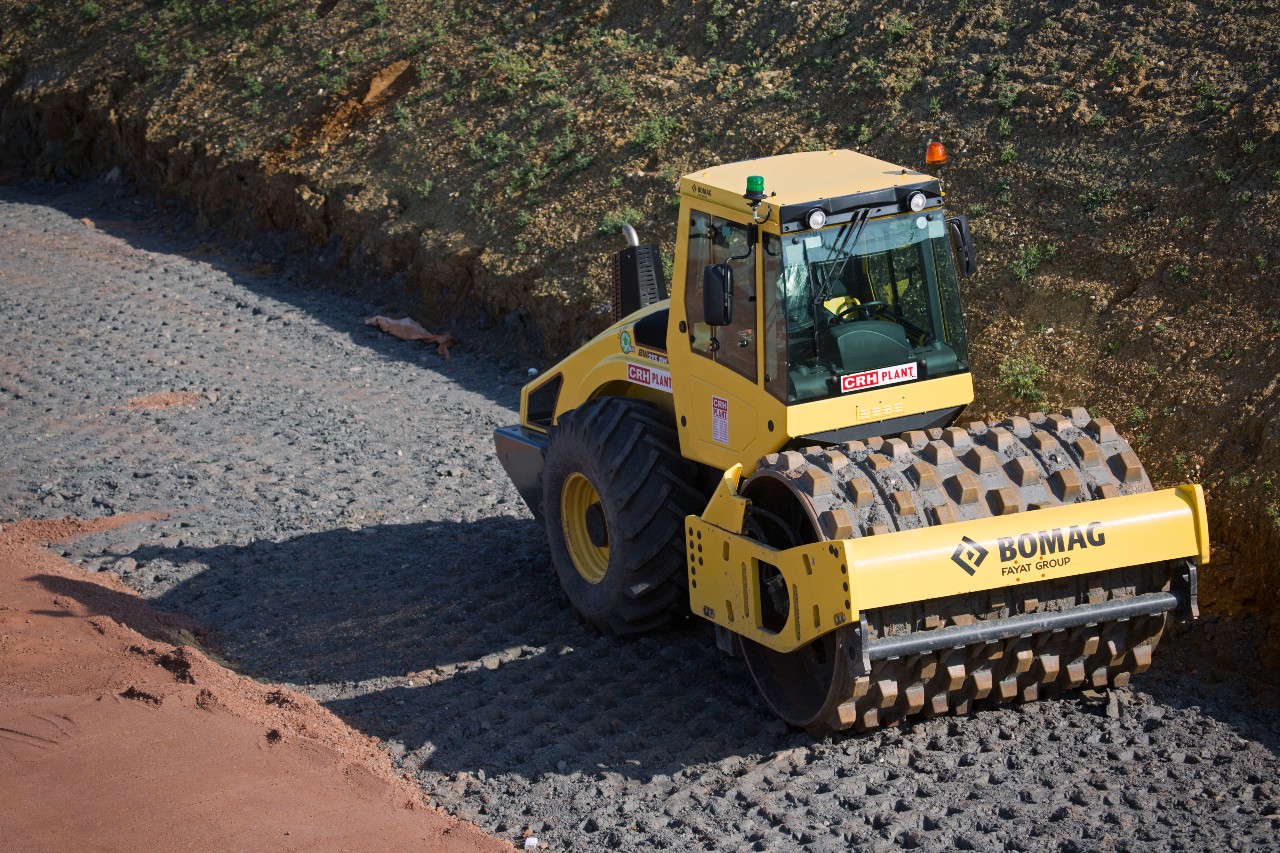A417 Missing Link: will the new road be future proof?
Published
09 Aug 2021
We’ve recently submitted a Development Consent Order application to the Planning Inspectorate, which outlines our plans to upgrade the A417 Missing Link in the Cotswolds. This project will create a safer and more reliable road and reduce traffic jams and rat running in the local area.

Share this article
During consultation in autumn 2020, many people asked if the scheme was future proof: would it be able to cope with any future traffic increases.
The answer to this question is yes. We use the latest computer software to calculate how many vehicles will use the road in the future and then design roads and junctions appropriately.
At the start of projects, we collect lots of data. We count traffic close to the new road and further afield. We also use things like anonymous mobile phone data to show where people are travelling to and from. This allows us to understand how many vehicles are using local roads and why.
We then run this data through computer software, approved by the Government, to check that it represents the real world and then use it as the starting point to forecast future traffic numbers.
We calculate future traffic numbers using information given to us by the local council and the Department for Transport. We’re expecting the Government to update this data to take into account changing habits as a result of Covid-19.
This process is known as traffic modelling and has influenced the design of the scheme, for example the size of Ullenwood and Shab Hill junctions. It also helps us to work out the new road’s impact on air quality and local roads and how we can reduce these impacts.
We’ve used the model to forecast future road traffic accidents and expect to see fewer fatal or serious accidents once the new road is built.
We also know from our calculations that in general, there will be less traffic on local roads after the road is built. This is because there will be less congestion on the A417 so less reason for drivers to use alternative local routes.
You can read more about local journeys on pages 7 and 8 of Moving forward: response to public consultation in 2020 and next steps.
Traffic during construction

During construction, we appreciate there may be a short-term temporary impact on the way people access and enjoy the area. However, in the longer term, the scheme will improve safety and journey times, which will benefit the local and regional economy and make the area a more attractive place to explore and visit.
To help minimise disruption during construction we will:
- keep the existing road open during construction while we build the new road alongside
- use the new road to transport material as soon as sections are built, which will reduce traffic on the existing road
- reuse excavated materials from the existing landscape wherever possible
- carefully plan and manage our roadworks to ensure we maintain safety at all times
